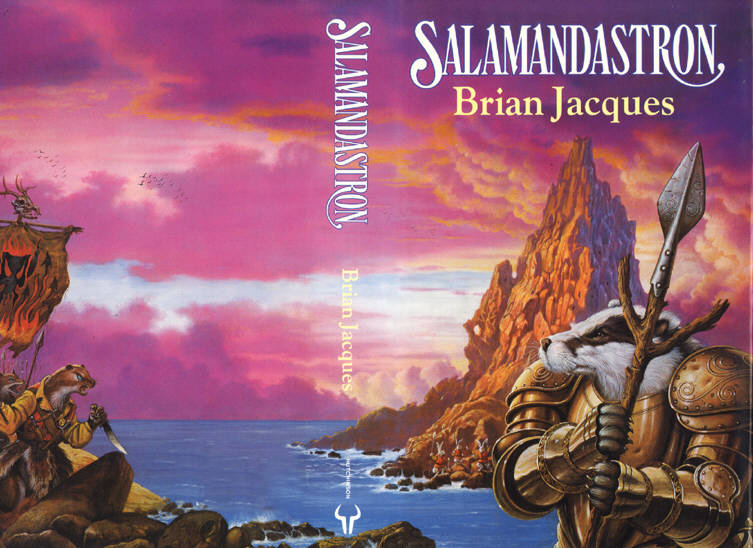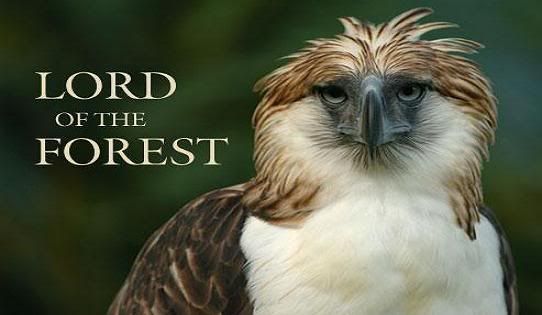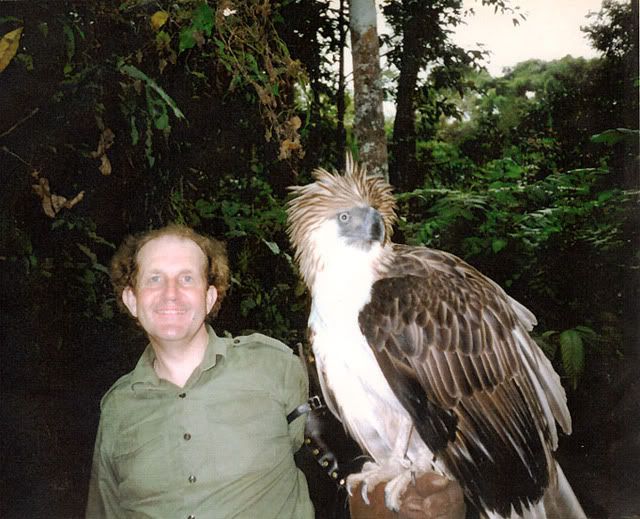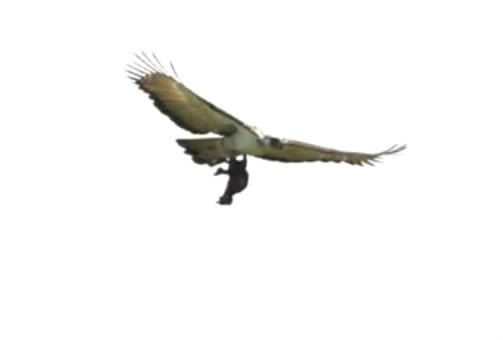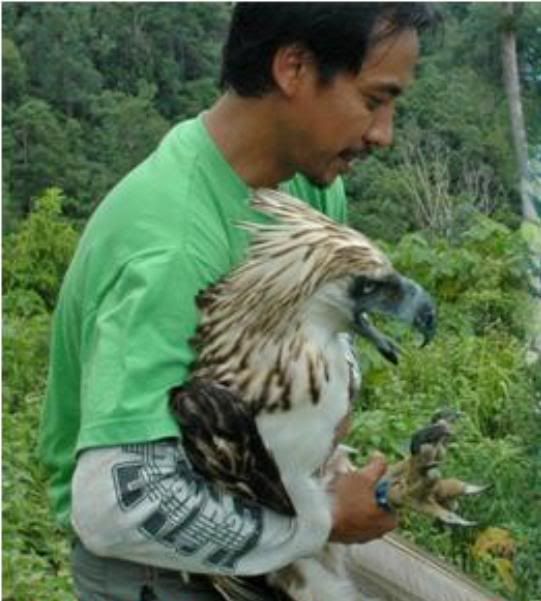This is the first entry in a new weekly feature for the blog. Now normally it would be a single species but this has fallen perfectly as today is penguin awareness day! So this week I'll be doing a little piece on the penguin.
The Penguin
Although all penguins share common features they are all uniquely different, they occupy different types of coast, different regions and climates, they also have different lifestyles and make use of different resources, this is what gives them their individuality in the ecosystem.
Penguins are a flightless group of birds, which belong to the family Spheniscidae. Across the world there are 17 species of penguin, all of which can be found in the southern hemisphere. In light of not being able to fly the penguin has evolved quite differently to a lot of other avian species, birds that fly need a skeleton which is as light as possible, whereas the penguin is much heavier and robust as a light skeleton is not advantageous, a light, hollow skeleton would mean the bird would need to use a considerable amount of energy to overcome their natural buoyancy, a denser skeleton gives them greater strength and reduced buoyancy.
 |
| The distribution of penguins in the Southern hemisphere |
The penguins history is thought to lead back to 50 million years ago, giving them a relativity long evolutionary history, this explains some of their unique structural differences, such as flippers (instead of wings) and a modified breast bone. despite this, many of the penguins alive today are very similar, they mostly have blackish upperparts and whitish underparts on the abdomen and flippers, acting as camouflage against the lighter sky when viewed from below and vice versa. Another unique adaptation are its interlocking feathers which act as barrier to water, each feather contains small muscles which allows them to be held tightly down against the birds body whilst it swims, acting as a sort of water proof layer. Not only this but it also means that little air is trapped within the plumage helping to further reduce buoyancy. In contrast, when on land these feathers are erect to do the opposite by trapping warm air to provide sufficient insulation. Fat deposits under the skin also provides insulation; a highly adapted vascular system is also present to maximize this. It works in such a way that heat loss can be greatly reduced from the extremities (flippers and feet) by keeping them as low as 6 Celsius despite a core body temperature of 39 Celsius, this reduces heat loss during winter and vice versa in summer months through a reversal of the system.
Penguins must retain their waterproof coating in their plumage, to do this they annually push out the old feathers and grow new ones during a molt. This requires a period of fasting by the penguin as they cannot reenter the water until their plumage has fully returned, and the water is where their entire food source is located. Incubation and brooding are also periods of fasting for penguins. During these phases they can greatly reduce their metabolic rate in order to reduce the rate at which fat reserves are used. To ensure the feathers keep their waterproofing, feathers are preened constantly with a waxy substance from a gland at the base of the tail. In areas that are inaccessible for self preening allopreening within the flock is seen, this is also part of their pair bonding behaviours. However, this is not seen in all penguin species
Whilst ungainly on land the penguin is a perfect aquatic predator in the water, they can reach speeds of up to 14km per hour for prolonged periods of time. They dive in search of prey and when located, they chase it and swallow it whole under the water, they have good all round vision and are able to alter the lens in their eye depending on if they are on land or in water, enaing they can compensate for the differing refractive indexes. The penguins eye is also more sensitive to greens and blues (due to hunting in the water). They eat fish, cephalopods and crustaceans as well as the occasional small stone to help break up food in the stomach. All penguins have the ability to dive to around 100m but larger species such as the king and emperor penguins have been recorded at around 500m. Healthy adult penguins have few natural predators on land, although on occasion Sea Lions have been known to take them on land. On land it is the eggs and chicks that are more at risk, Skuas and Gulls will often predate them, whereas in the water adults are prey to leopard seals, sea lions and orca.
As a last note I will say that penguins are declining on a global scale.
the main suspects are climate change, fisheries and disease and
pollution. A greater understanding is needed of these great
birds, in terms of their ecology and how they are affected by such
threats. That is where days like today are great, in raising the
awareness needed to help support the penguin.
(Information from a variety of sources including the International Penguin Conservation Work Group (IPCWG) go check out their website and their specific work in protecting this marvelous bird)
http://www.penguins.cl/index.htm
Species
1) Aptenodytes - Great Penguins
- King Penguin (Aptenodytes
patagonicus)
- Emperor Penguin (Aptenodytes
forsteri)
2) Pygoscelis
-
Brush-tailed Penguins
- Adelie Penguin (Pygoscelis
adeliae)
- Chinstrap Penguin (Pygoscelis
antartica)
- Gentoo Penguin (Pygoscelis
papua)
3) Eudyptula - Little
penguins
- Little Blue Penguin (Eudyptula
minor)
4) Spheniscus
- Banded
Penguin
- Magellanic Penguin (Spheniscus
magellanicus)
-
Humboldt Penguin (Spheniscus
humboldt)
- Galapagos Penguin (Spheniscus
mendiculus)
- African Penguin (Spheniscus
demersus)
5) Megadyptes
- Yellow-eyed Penguin (Megadyptes
antipodes)
6) Eudyptes
- Crested Penguins
- Fiordland Penguin (Eudyptes
pachyrynchus)
- Snares Penguin (Eudyptes
robustus)
- Erect-crested Penguin (Eudyptes
sclateri)
- Western Rockhopper Penguin (Eudyptes
chrysocome)
- Eastern Rockhopper Penguin (Eudyptes
filholi)
- Northern Rockhopper Penguin (Eudyptes
moseleyi)
- Royal Penguin (Eudyptes
schlegeli)
- Macaroni Penguin
(Eudyptes chrysolophus)
(Above
list adapted from http://en.wikipedia.org)
*Disclaimer
– I do not claim ownership for any of the above images, nor do they belong to
me, they are copyrighted with all rights reserved to the original photographer*
Birdman.





.JPG)
.JPG)
.JPG)



